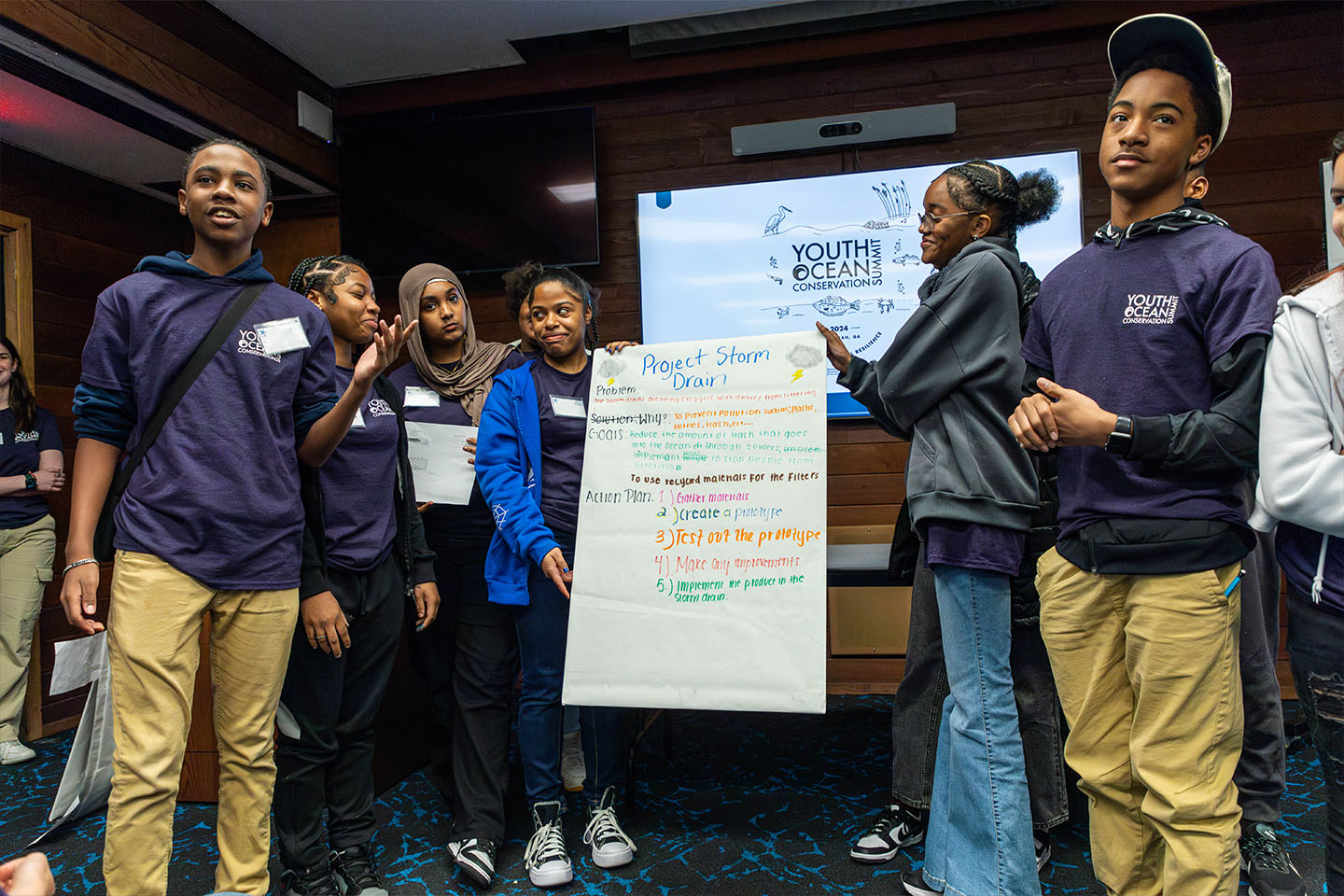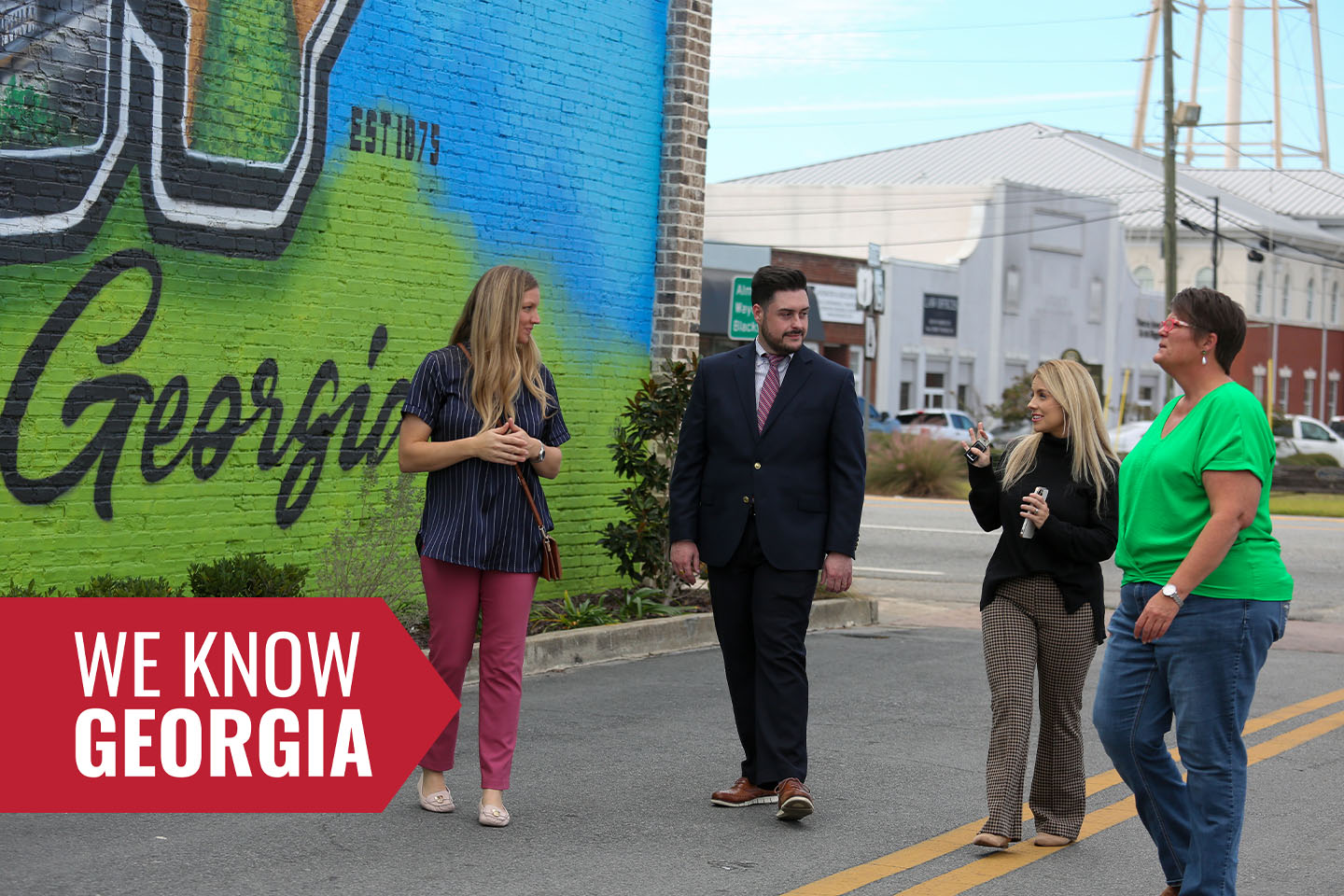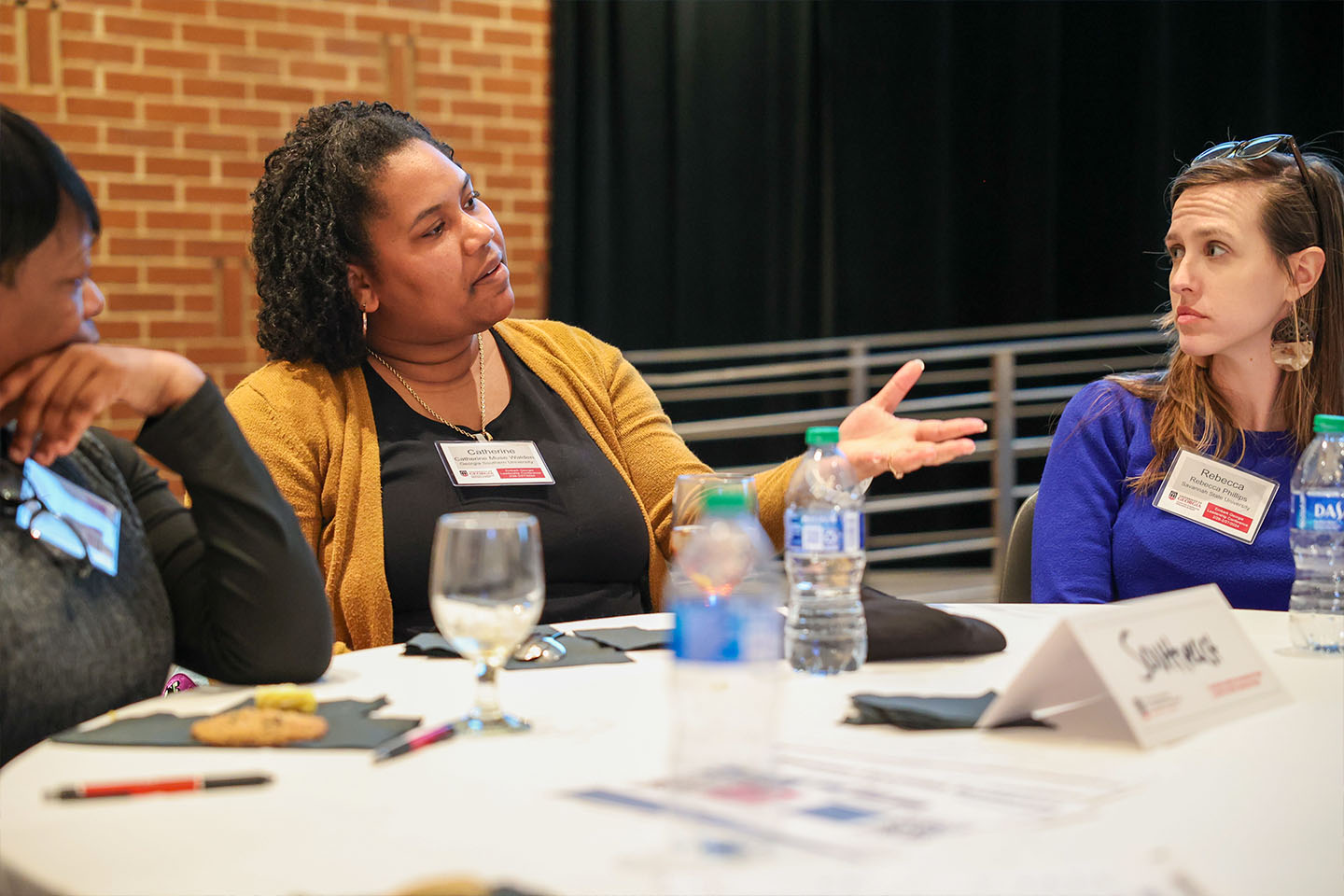Researchers and educators from the University of Georgia’s Skidaway Institute of Oceanography and Marine Extension (MAREX) are creating an education program focused on autonomous underwater vehicles (AUVs), also called gliders or underwater robots.
The program, “Choose Your Own Adventure,” will capitalize on Skidaway Institute’s expertise with AUVs and MAREX’s extensive history of marine education. Skidaway Institute scientist and UGA faculty member Catherine Edwards, and MAREX faculty members Mary Sweeney-Reeves and Mare Timmons will direct the one-year project.
The AUVs are torpedo-shaped vehicles equipped with sensors and recorders to collect observations under all conditions. They are launched into the ocean and move through the water by adjusting their buoyancy and pitch.
Because they are energy-efficient, gliders can remain on a mission for weeks at a time. Every four to six hours over their mission, they surface, report their data by satellite phone and receive instructions as needed.
Skidaway Institute’s AUV, nicknamed “Modena,” has been used in several recent projects, including “Gliderpalooza,” a simultaneous, cooperative launch of 13 AUVs from different institutions in 2013.
“Gliders are education-friendly, but the existing outreach activities are stale,” said Edwards. “Our program will develop the next generation of AUV outreach programs by combining cutting-edge, interdisciplinary research with educational activities and strong STEM components.”
The work will highlight the problem of working with the strong tides characteristic of the Georgia coast. The Gulf Stream, 100 miles off the Georgia beaches, also introduces navigation problems.
“Although the AUVs have Global Positioning Systems and can be programmed to travel a set course, tidal and Gulf Stream currents can exceed the glider’s forward speed, which can take the instrument off course and keep us from collecting data where we need it,” Edwards said.



